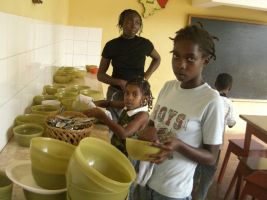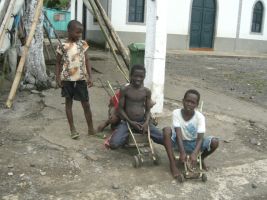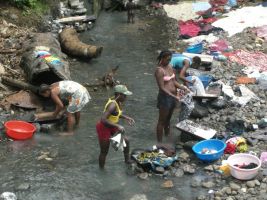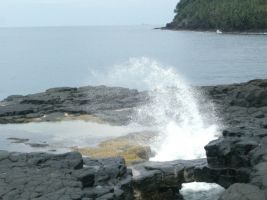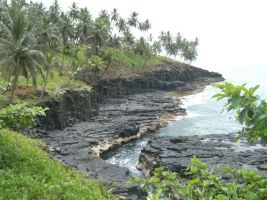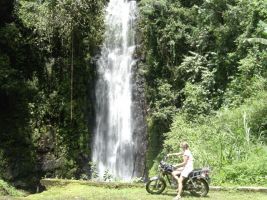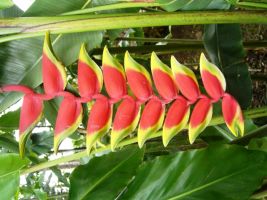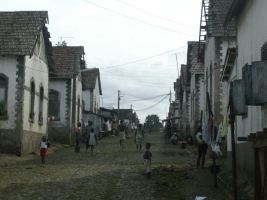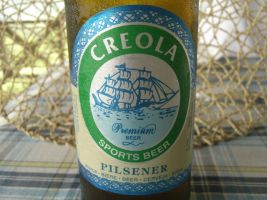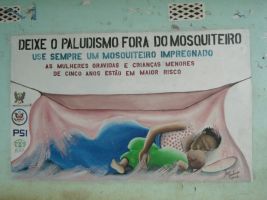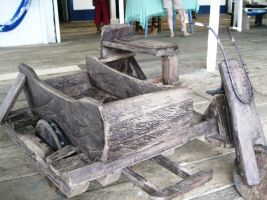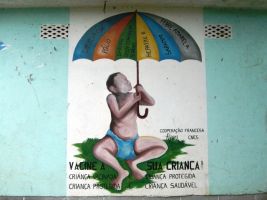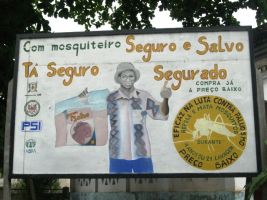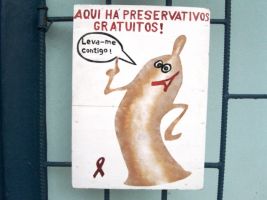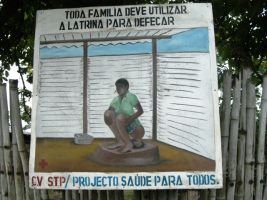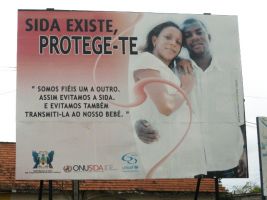
 Italia
Italia France
France Spain
Spain Morocco
Morocco Mauritania
Mauritania Senegal
Senegal Mali
Mali Burkina
Burkina Ghana
Ghana Togo
Togo Benin
Benin Nigeria
Nigeria Cameroon
Cameroon Gabon
Gabon Sao Tomè
Sao Tomè Gabon 2
Gabon 2 Congo
Congo Congo DCR
Congo DCR Angola
Angola Namibia
Namibia Sud Africa
Sud Africa Namibia 2
Namibia 2 Botswana
Botswana Zimbabwe
Zimbabwe Botswana 2
Botswana 2 Sud africa 2
Sud africa 2 Swaziland
Swaziland Mozambico
Mozambico Malawi
Malawi Tanzania
Tanzania Rwanda
Rwanda Uganda
Uganda Kenya
Kenya Etiopia
Etiopia Sudan
Sudan Egitto
Egitto Libia
Libia Tunisia
Tunisia Malta
Malta
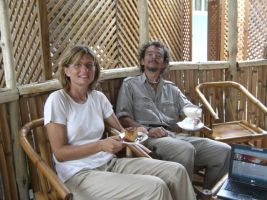
Here we are, on holiday! – 3 April 2008
Here we are, in Sao Tomè.
One of two islands - Sao Tomè and Principe.
Official language is Portuguese; gained independence from the Portuguese in 1975.
They say it is a diving paradise.
Lovely beaches and friendly people.
The equator passes right through an island in the south of the archipelago.
We are at the end of the rainy period and we catch the worst period of weather - very hot and humid with many torrential downpours.
We’ll keep you posted…
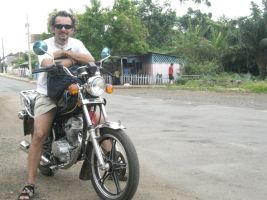
Motor biking
We hire a motorbike so that we can move around easier.
Car rental is expensive and the island is small, only 70km in diameter.
The main roads are asphalt but they are winding and full of holes.
With a motorbike, it is easier.
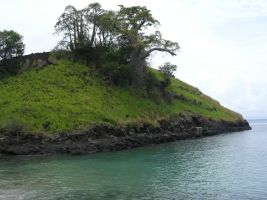
Lagoon Azul
We reach this bay with baobabs along its banks.
The water is very clear and is home to many multi-coloured fish and starfish.
Should be a good day.
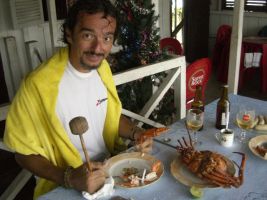
Santola
The weather here is very unsteady and within a short space of time, a storm breaks out that lasts until the evening… great fun on the bike!
All nice and wet, hoping that it will soon stop raining, we check out and eat in a shed, famous all over the island – a spectacular dish 'santola' for 4-euro.
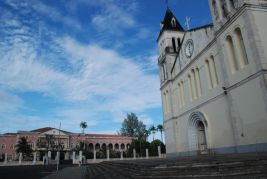
Sao Tomè
The capital is Sao Tomè and is in the centre of the island.
In the capital, you find apartments, hotels and other buildings, outside the capital too but rarely.
It is more akin to a town, as it can be crossed easily within 20 minutes on foot.
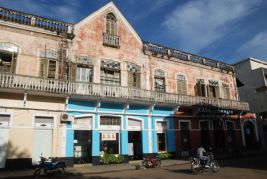
The houses have a Portuguese style.
There are many colonial houses that were abandoned and left to the local population in 1975, when S. Tomè peacefully obtained independence from Portugal. After the Portuguese left, many of the buildings fell into disrepair.
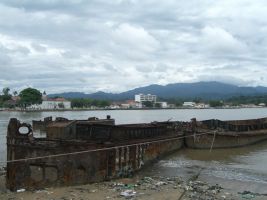
The city overlooks an enormous bay that could be an extraordinary natural port if the water was deeper. Unfortunately, the few decimetres of water are un-navigable; the only boats present are those that have run aground on to the sandbanks during storms.
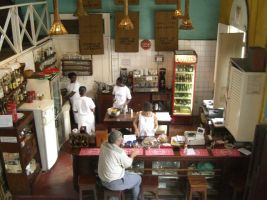
The hotels are extremely expensive, between 50 and 150euros (£40-120) a night (there are none by the sea).
We find accommodation in a private house that belongs to the owner of the “Cafè Compagnia”, for 25euro (20 quid); we get a room, a bathroom with hot water and electricity… occasionally.
All over the island, the inhabitants are constantly plagued with electrical supply problems.
Without warning the power supply can be suspended for hours.
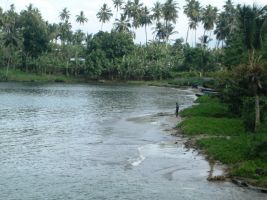
What a disappointment!
The island is very nice but not what we were expecting.
The beaches are disappointing, unusable and not very accessible.
The local fishermen often use them as a public convenience.
Our “holiday” turns into another African country to add to the list.
Boca do Inferno
It is well worth having a look round the island…when it’s not pouring down.
On the coastline there is the “Boca do Inferno”, a curious rocky lava structure.
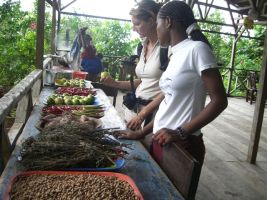
Roca Sao Joào
In the forest, by the sea, a local artist who has travelled around the world has created a unique place.
There is a restaurant where he creates fine dishes using local products. Next to the restaurant is an inn where you can spend time in a relaxed atmosphere.
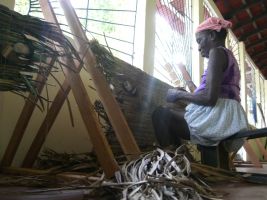
These two places support a big artisan laboratory project where the inhabitants of the island can develop their artistic and artisanal skills.
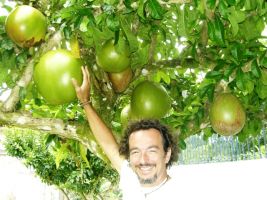
The melon tree.
The melons look like giant apples.
The ones from the Garden of Eden?
No, they are calabas, pumpkins, very odd.
At this centre, they make jam from this fruit, we decide to buy some.
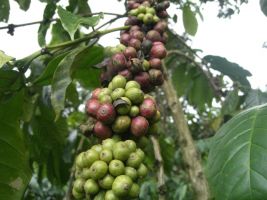
Rain on the coffee
It rains often; during the hours of break from the rain, we go a see the rest of the island.
Inland there are cocoa and coffee plantations
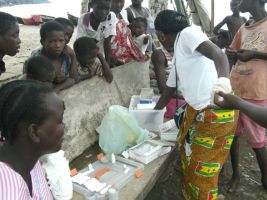
Malaria
On the island, there is a huge campaign for the prevention and the control of malaria.
In this village, quick and free tests are available to everyone.
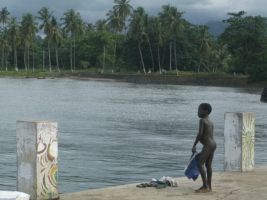
We are back looking for beaches along the north coast when we reach the Fernao Dias monument near a small wharf.
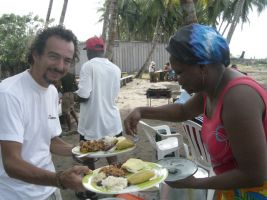
The minister’s picnic
Along the beach, beneath the palm trees, we pass-bye a place full of music and cheerful people, food is laid upon tables. At first, we think it is a restaurant, we sit down but nobody comes to serve us. We are told that it is a private party.
We stay seated and we think of what to do. After a while, we are invited to participate with them.
It is a picnic organized by the ministry of education with all its staff, and the minister (a lady) has cooked a delicious cake.
Amongst these people, we meet Cristina, an Anglo Portuguese woman. She speaks Italian and she runs an educational centre for children.
Crianca and Juventude.
www.fcjuventude.org
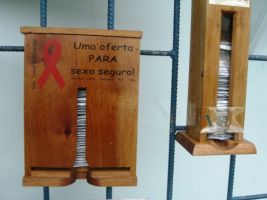
Mariangela and Tiziano
We also meet an Italian couple who enjoy travelling and who have lived in Sao Tomè for 16 years. Mariangela and Tiziano work for an ONG called ALISEI. They have many projects, one of which is the free distribution of condoms to help reduce the spread of HIV.
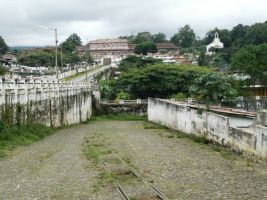
On the island, there are many groups of buildings built by the Portuguese, they include agricultural buildings, houses for workers, the church, hospital and recreational halls. They were self-sufficient villages, where the people never needed to venture out.
Agostinho Neto is one of the biggest and most striking in appearance.
It is a pity that now many are falling to pieces. The locals have knocked some down.
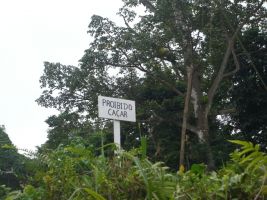
Voice of America
After their demobilization from Liberia, the radio station that transmits the voice of the U.S.A has moved to this island.
From this strategic position, the transmissions can reach nearly every corner of Africa.
Huge antennas and American soldiers are evident throughout the city.
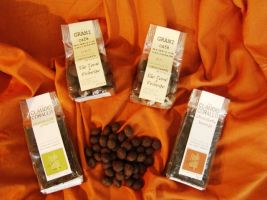
Claudio Corallo’s chocolate
Claudio Corallo has resided on the island for many years; before living here, he lived in the ex-Zaire area until the mid-90’s when the guerillas arrived. Now in Principe and Sao Tomè, cocoa and coffee are grown under his very watchful eye.
His passion for chocolate and his use of innovative methods has produced amazing results with high-quality chocolate production. He is the only person on the planet to produce an alcoholic distillation of cocoa that utilizes their scrumptious products. Combining coffee with cocoa, he produces irresistible pearls of exotic taste.
www.claudiocorallo.com
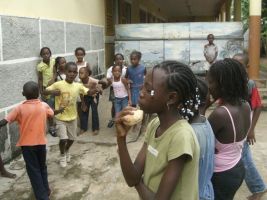
The schools
They are in a critical condition; some have up to eighty per class. There is a shortage of classrooms, there are up to three scholastic sessions that last three to four hours each.
There are some private schools; we visited one that teaches many poor children, offering them education, school uniforms, school material, a meal and assistance. We leave an ELFO token (details in solidarity).
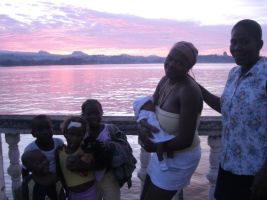
Our Impressions
We thought that we were “disconnecting” for a while with a sun-beach holiday, but it just turned out to be another country on our list.
Sao Tomè is calm, small, its facilities are not enough to be able to accommodate classic beach tourism as one would like or is used to.
It is fertile, flourishing and hot all year around. Bananas, coffee, cocoa, exotic fruit and a sea full of fish - underwater beauties. Not that long ago, an oilfield was discovered under the sea halfway to Nigeria. It could be heaven for the inhabitants.
The main roads are asphalted but not always well kept. Huge holes, even in the centre of the capital city.
The police are relaxed, the people are poor and the politicians extremely rich.
In other words, the usual African story.
